|
|
|
|
Species Photo Gallery for Cyrtolobus auroreus No Common Name 4 |
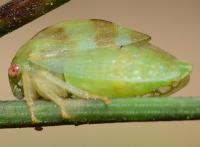 | Photo by: Margarita Lankford
Orange Co.
Comment: originally reported to iNaturalist; female | 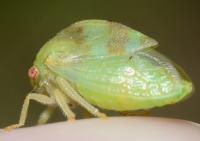 | Photo by: Margarita Lankford
Orange Co.
Comment: originally reported to iNaturalist; female |
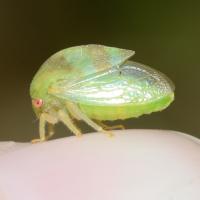 | Photo by: Margarita Lankford
Orange Co.
Comment: originally reported to iNaturalist; female | 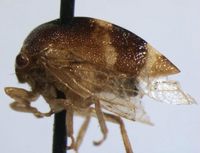 | Photo by: Matthew S. Wallace
Out Of State Co.
Comment: |
|

 »
»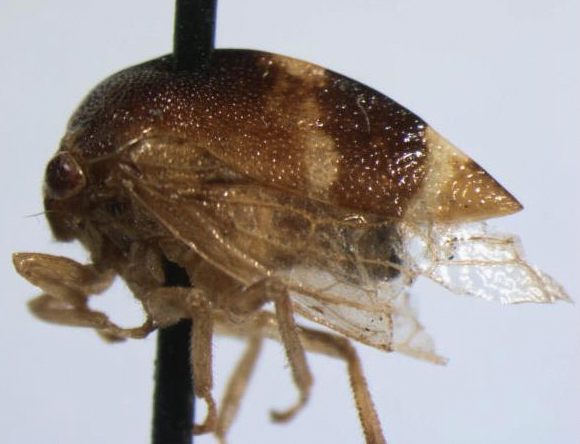
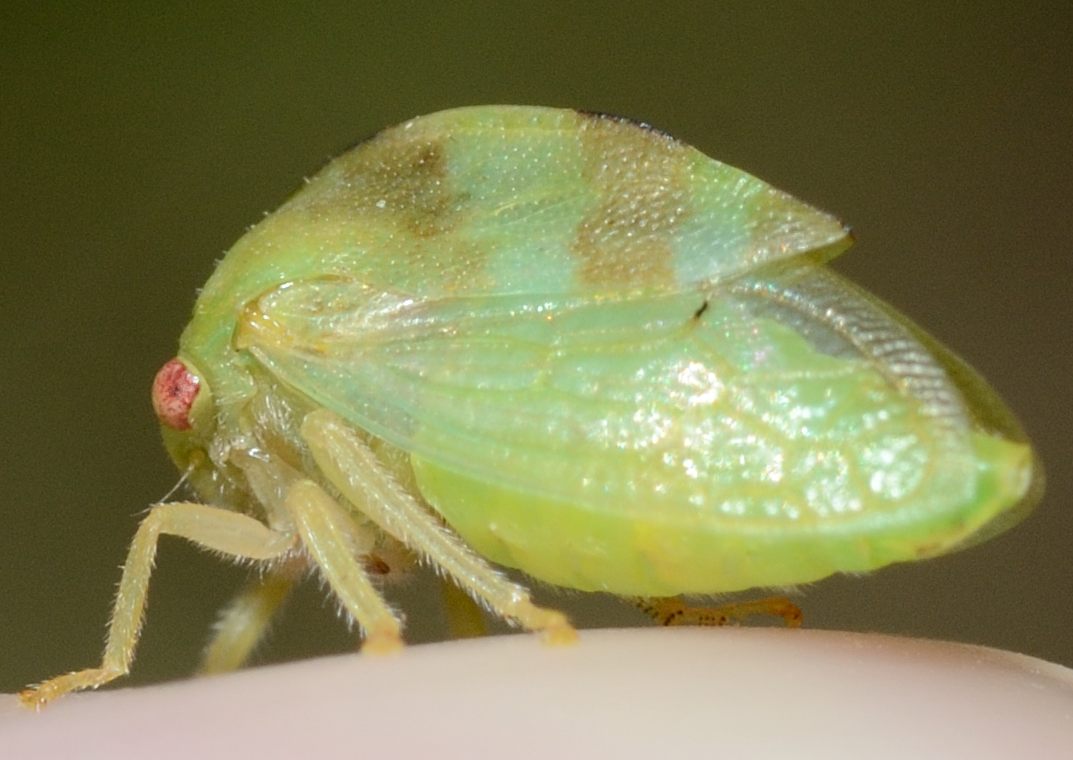


 »
»

